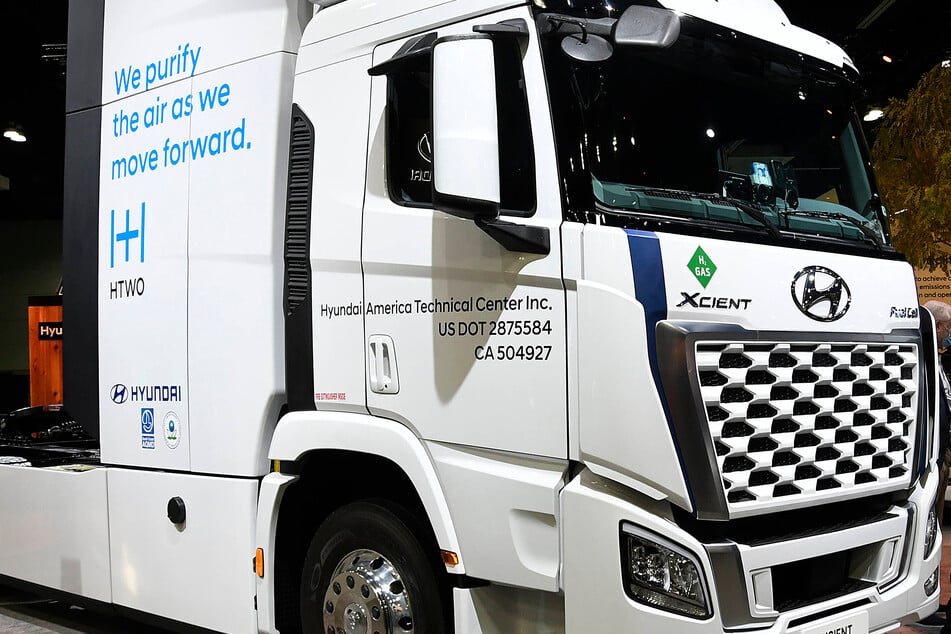Green Hydrogen: One more piece of the renewable puzzle
Hydrogen has many uses, from heating and industry, to transportation. But not all hydrogen is created equal and wrong turns made by the fossil fuel industry could lock in more emissions.

There are various different names for hydrogen, depending on how it is made – and that's where the nub of the issue lies: only green hydrogen isn't seriously damaging to the climate, because the other three main types of production all use fossil fuels.
Green hydrogen is made using renewable electricity and water for electrolysis, which splits hydrogen atoms from H2O and has oxygen as a byproduct.
On the other hand, brown or black hydrogen uses coal gasification, which leaves you with CO2 as a byproduct. There's also gray hydrogen, which is what you get from something called steam methane reforming (SMR) – basically blasting natural gas with high-pressure steam, resulting in more harmful emissions.
The solution put forward by the fossil fuel industry is blue hydrogen, made with the same process as gray hydrogen, with the added bonus of the extremely new and small-scale Carbon Capture and Storage technology.
There's already some concern that blue hydrogen will just end up trapping the world in more misleading marketing, and steal focus from working on making green hydrogen with renewables.
The many uses of hydrogen

Hydrogen could be used in a bunch of different sectors, from transport to heating, to industrial processes like making steel and cement.
As fuel, it can be an alternative to gasoline or diesel. A huge advantage would be our ability to use much of the same infrastructure as the oil industry, such as existing gas stations, with only some small changes.
The same applies to using hydrogen to heat homes and power energy-intensive facilities like steel or cement factories. Green hydrogen can even be a great energy storage option, putting any excess electricity from wind or solar farms to good use.
But all these applications can only be a force for good if fossil fuels stay out of the production process, which is why it's so important to tune out any distractions and focus on the only clean option out there.
Cover photo: IMAGO / Alexander Limbach